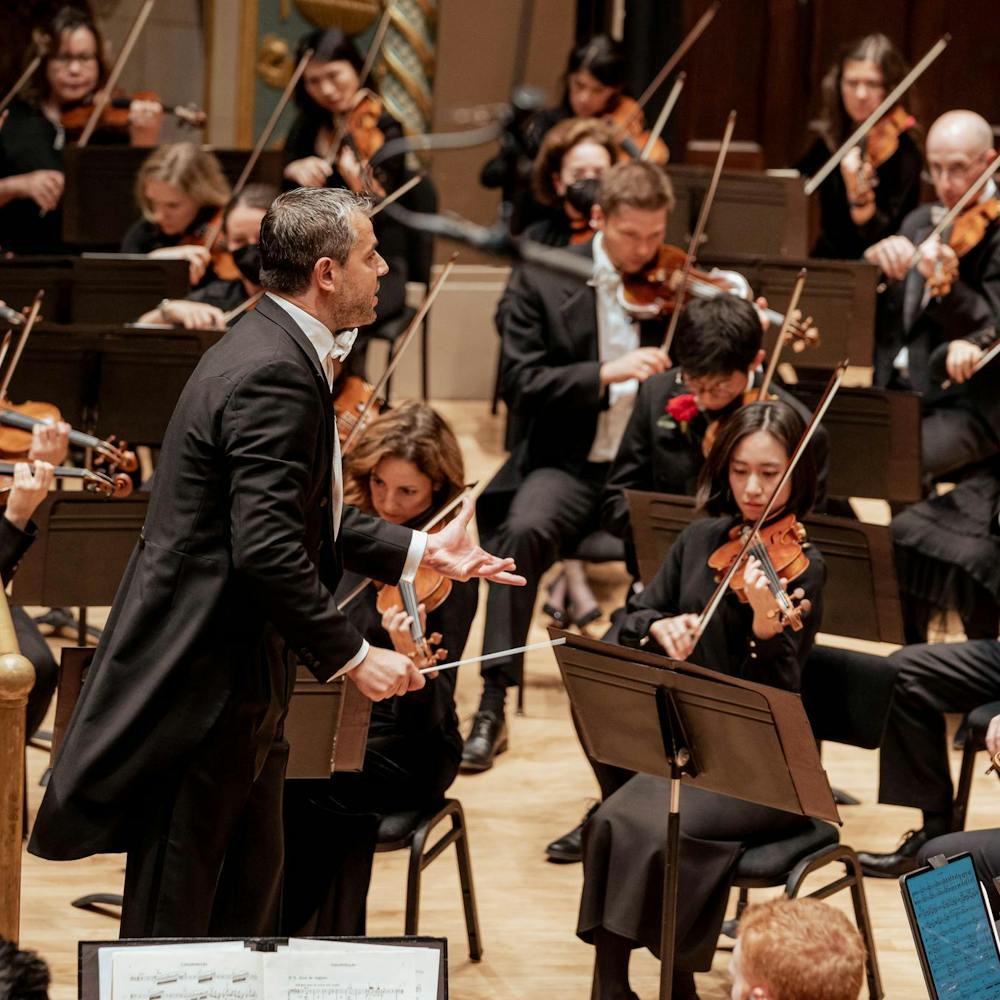My daughter Kelly’s graduation with a master’s degree from the University of Liverpool this December afforded my wife, mother-in-law and I ample reason to head “across the pond” to the United Kingdom this holiday season. High on my personal list of things to take in while overseas were a number of the world’s stellar art collections, cultural venues and displays.
Besides the art and cultural artifacts, I particularly wanted to see what types of materials and systems were being used for museum tours. Given the sheer number of electronic resources we use in our day-to-day lives, I envisioned some cool new technology in use. But, in the end, not so much.
Of course, volunteer-led tours and audio self-tours were available nearly everywhere. What truly surprised me, though, was the sheer number and outstanding effectiveness of decidedly low-tech tour aids.
One experience was truly enlightening. The overwhelming favorite of everyone with whom I spoke at Amsterdam’s Rijksmuseum – some 30 people – were the tabloid-sized, two-sided, laminated guides to individual paintings by the Dutch old masters.
The same people who’d paid from €5 to €100 ($6.35 – $127) for various audio or human guides were sitting on hard, flat wood benches in the museum’s galleries enthralled by large, hand-held, tabloid-sized sheets of fascinating information about individual paintings. Tidbits like who the subjects are, colors and types of brushstrokes and why they were used, the original size of a painting and why it was trimmed, how action was communicated by the artist and more.
Over and over, when visitors were asked what they liked best from an information tools standpoint, these low-tech solutions were favored.
The answers were enlightening. Overall, the museum’s visitors liked the act of exploring by themselves. They liked learning things on their own rather than being told by a human body, a sign on the wall, or a disembodied recording.
It seemed that the physical holding of the large laminated sheets, tied to the ability to sit and choose where they focused their attention, what they read, and how much and how long they read, was important to their overall experience. And they liked that one side of each card was in full color, divulging secrets about the who, what, where, when, why and how of a painting, and the other side — an image of the painting in black and white — revealed more physical and technical information about the work.
All of this was a big surprise for me. I truly thought I would find and fall in love with some cool new high-tech ways of communicating the museum experience to visitors. Granted, there were a few that used computers, tablets and the like, although nothing startling. But visitors didn’t seem to gravitate to them like they did the low-tech solutions.
Time and again, it was the low-tech communication vehicles that resonated with people. Devices like the hundreds of little choose-your-own magnifier slides in the “19th and 20th century artists’ painting from photography” exhibit of the Van Gogh Museum. It was the create your own poem or sentence wall in the Tate Liverpool, or the ability to actually touch exhibits in many of the museums, or the various interactive flip cards and sliding doors that revealed answers to questions that visitors liked best.
So, what’s my takeaway? Perhaps it is that art is such a personal and tactile experience, that low-tech communication allows us to feel more a part of the process; of the art itself. Or maybe low-tech vehicles are just more familiar and more comfortable. Visitors did tell me that the audio and docent tours were valuable and important to have, it’s just that hands-on, personal exploration was more fun and rewarding for museum-goers.
Mike Jenkins is a State News guest columnist and Communications Director for the College of Arts and Letters. Reach him at jenki250@cal.msu.edu.
Support student media!
Please consider donating to The State News and help fund the future of journalism.
Discussion
Share and discuss “Technology not only way to learn” on social media.



